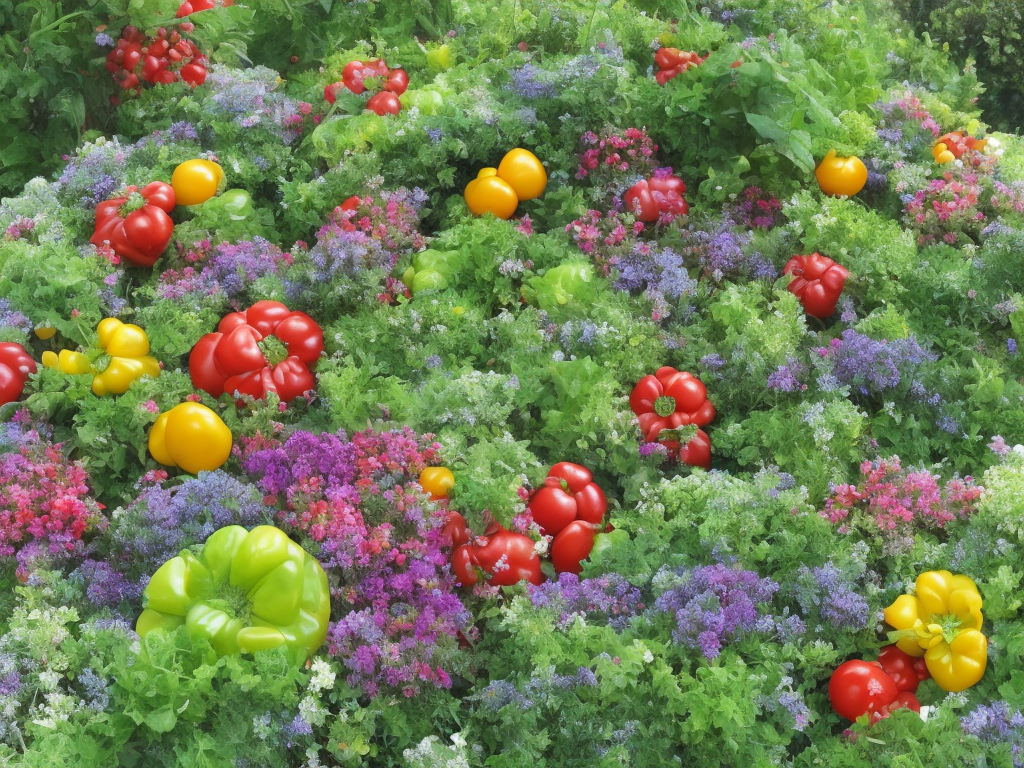
Plants are a vulnerable creation of nature and harsh weather conditions such as frost can cause serious damage to them. As winter approaches and the temperatures begin to drop, it is important to take measures to protect your plants from frost. Here are some tips on how to protect plants from frost.
1. Choose the Right Plants
The first step in protecting your plants from frost is to choose the right plants for your region. If you live in an area where frost is common, then you should choose plants that are tolerant of the cold. Examples of these plants include conifers, holly, yew, and boxwood. These plants are hardy and can withstand low temperatures without getting damaged.
2. Mulch
Mulching is another effective way of protecting plants from frost. Mulching involves covering the soil with a layer of organic matter such as leaves, straw, or compost. This layer of material acts as an insulator, keeping the soil warm and protecting plant roots from freezing. It is important to make sure that mulch covers the soil completely and is not piled up around the base of the plant as this can lead to rot.
3. Watering
Watering your plants before a frosty night can be beneficial. Moist soil holds heat longer than dry soil and this can help prevent frost damage. However, be careful not to over water the plants, as excess water can lead to other problems such as root rot.
4. Covering
Covering your plants with blankets, sheets or frost fabric is one of the most effective ways to protect them from frost. The fabric acts like a thermal blanket, trapping the heat from the soil and protecting the plants from the cold night air. Be sure to remove the coverings during the day so that the plants can get enough sunlight.
5. Location
The location of your plants can have a significant impact on their ability to withstand frost. If possible, plant your sensitive plants in locations that are protected from the wind and cold. For example, planting next to a wall or in the shelter of a tree can provide protection from frost.
6. Pruning
Pruning your plants can also help protect them from frost. Remove any dead or damaged branches or leaves from your plants before the onset of cold weather. This will help ensure that the plant puts its energy into healthy growth rather than trying to maintain damaged parts.
7. Cover the Roots
If your plants are in containers or pots, it is important to cover the roots to protect them from the cold. Wrap the container in burlap or bubble wrap to provide extra insulation. Additionally, moving the containers or pots to a sheltered location can also help protect them.
8. Avoid Fertilizing
Avoid fertilizing your plants during the fall season. This encourages new growth, which is vulnerable to frost damage. Instead, fertilize your plants in the spring when they are actively growing.
9. Protective Sprays
There are several protective sprays available that can help protect your plants from frost damage. These sprays create a thin layer of protective covering over the leaves and stem of the plant, reducing the impact of frost.
10. Regular Maintenance
Regular maintenance of your garden can also help protect your plants from frost. Clean your garden regularly and remove any dead leaves or debris. This helps promote healthy growth and reduces the risk of disease that can occur due to damp and rotting vegetation.
In conclusion, protecting your plants from frost is essential if you want to keep them healthy and growing. By choosing the right plants, mulching, covering, choosing the right location, pruning, covering the roots, avoiding fertilization, using protective sprays, and regular maintenance, you can ensure your plants survive the winter season. Remember to be vigilant and stay informed about local weather patterns to protect your plants from unexpected frost.
 Self-Instruct
Self-Instruct